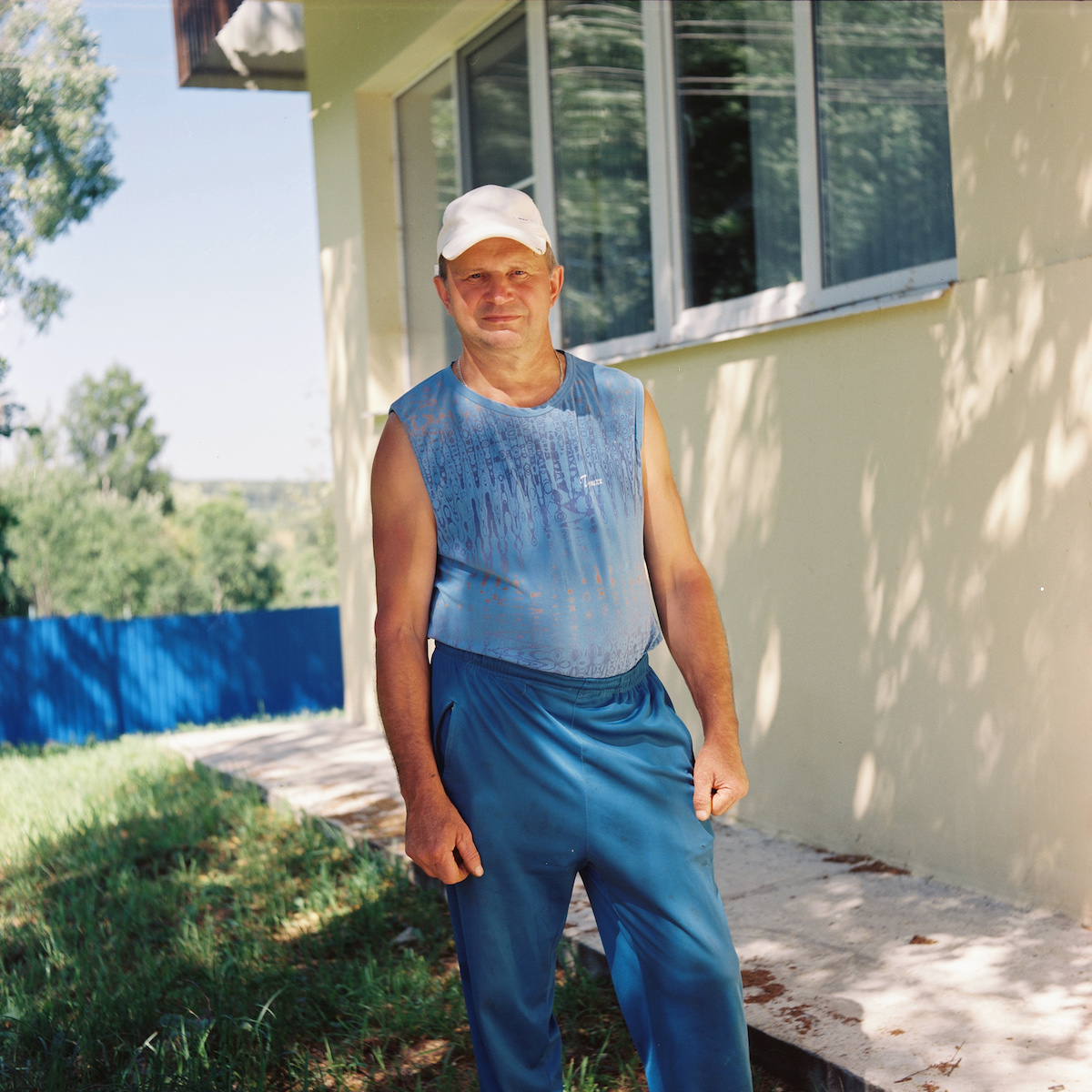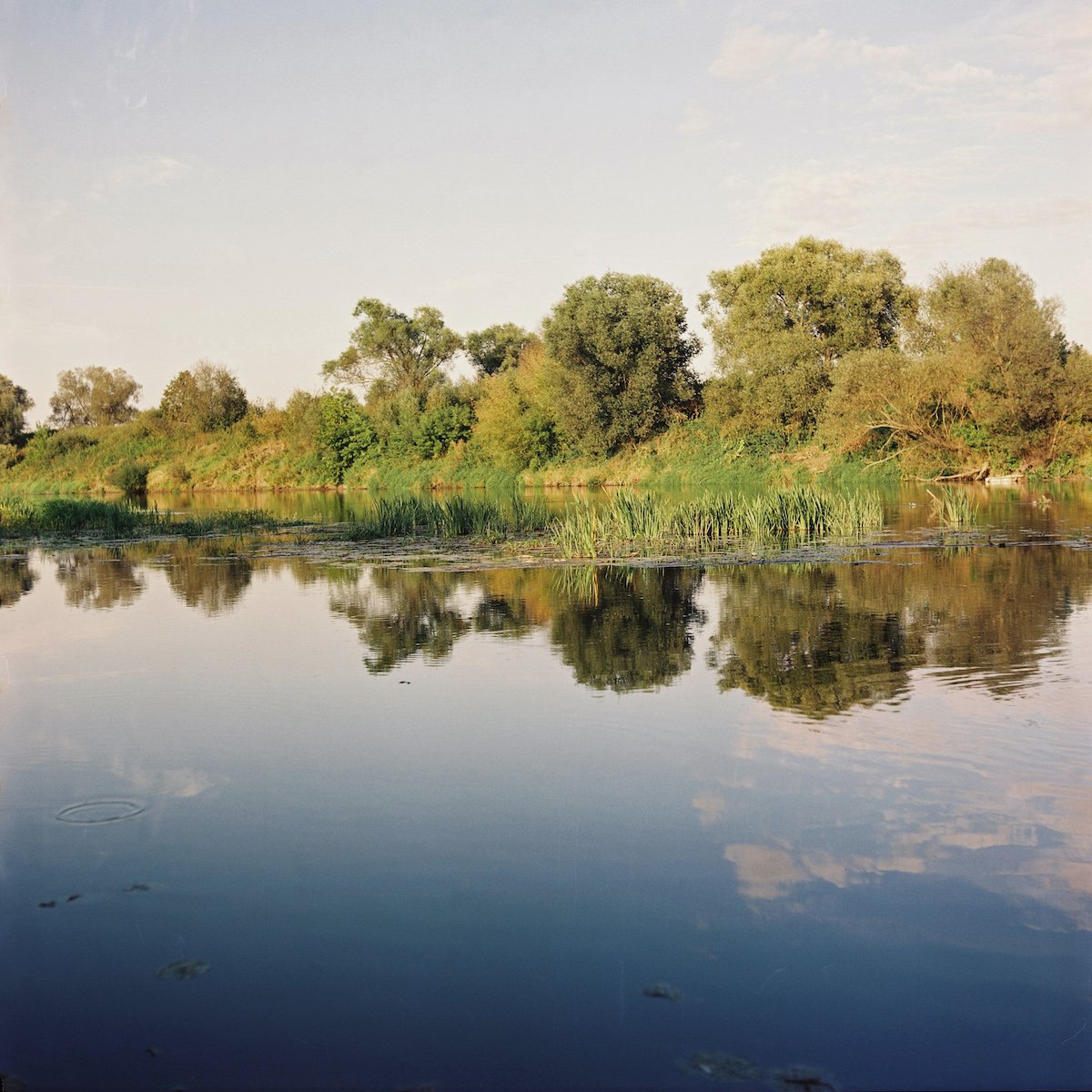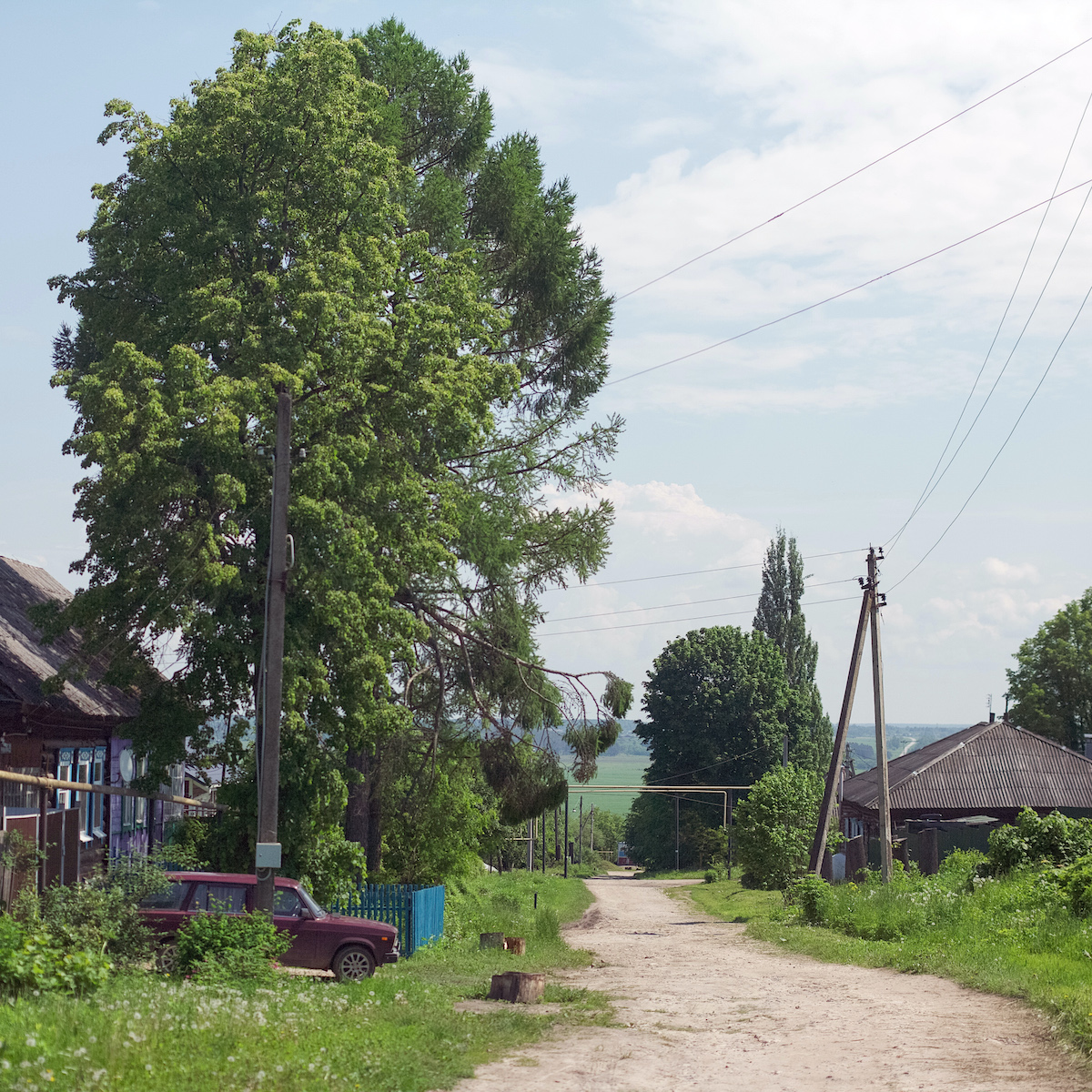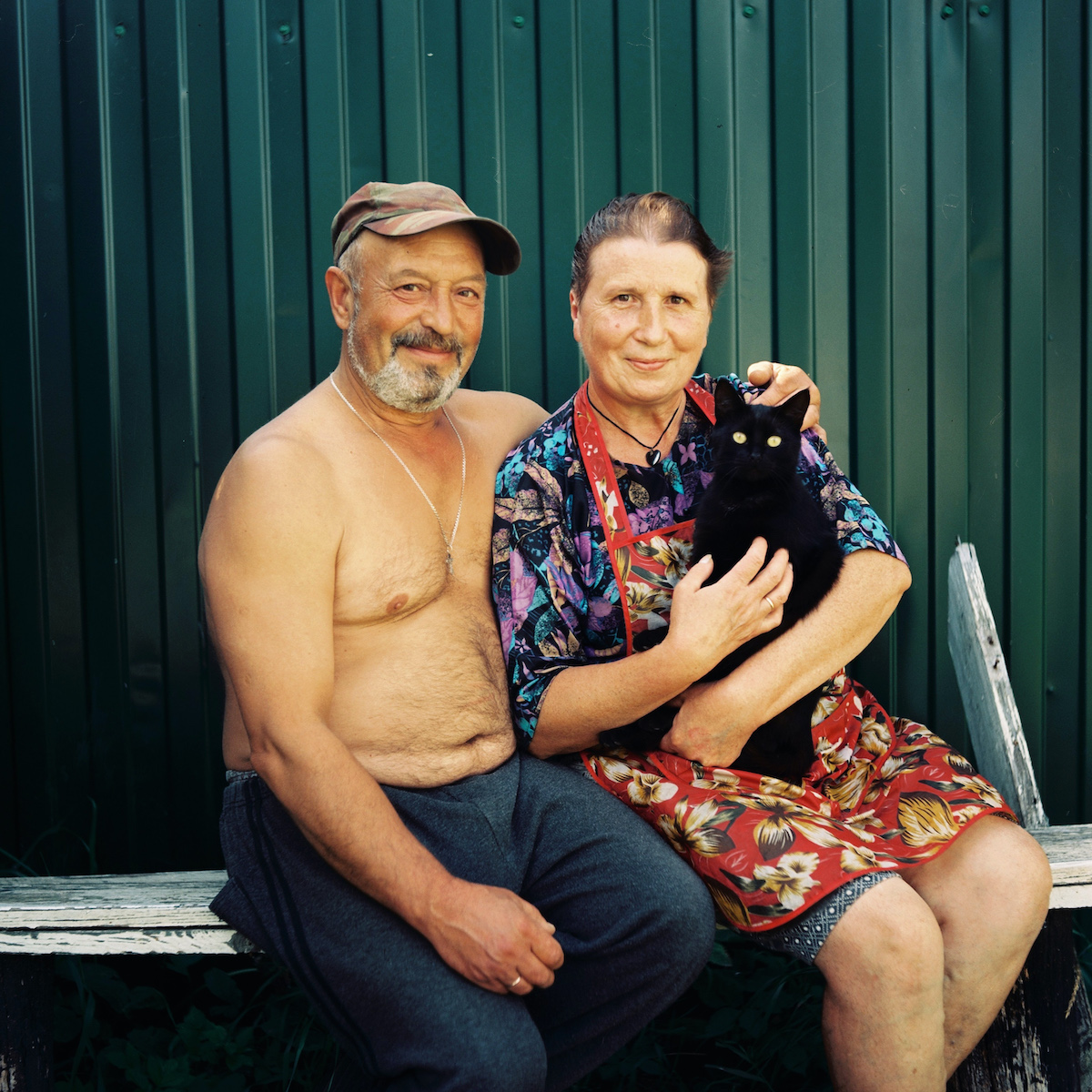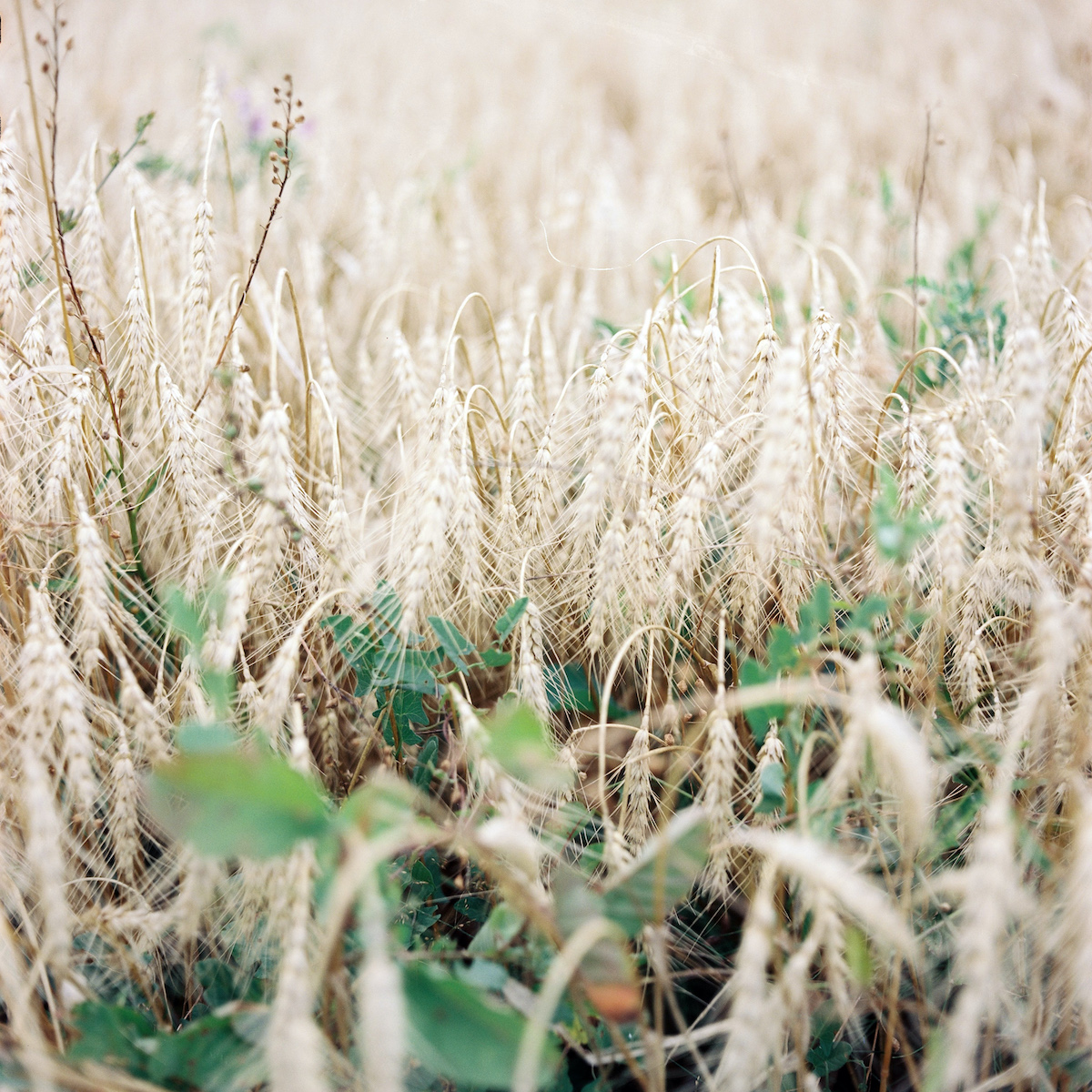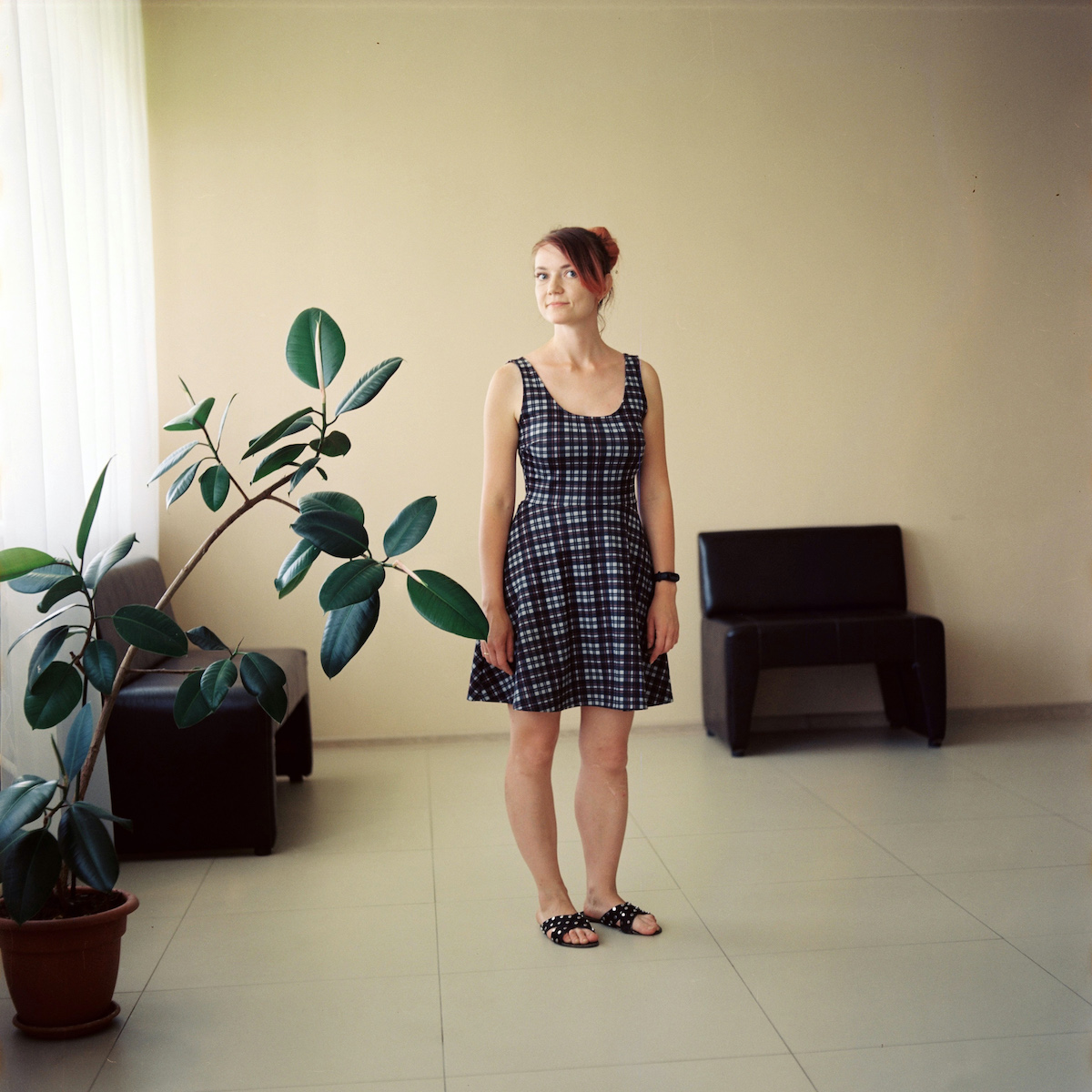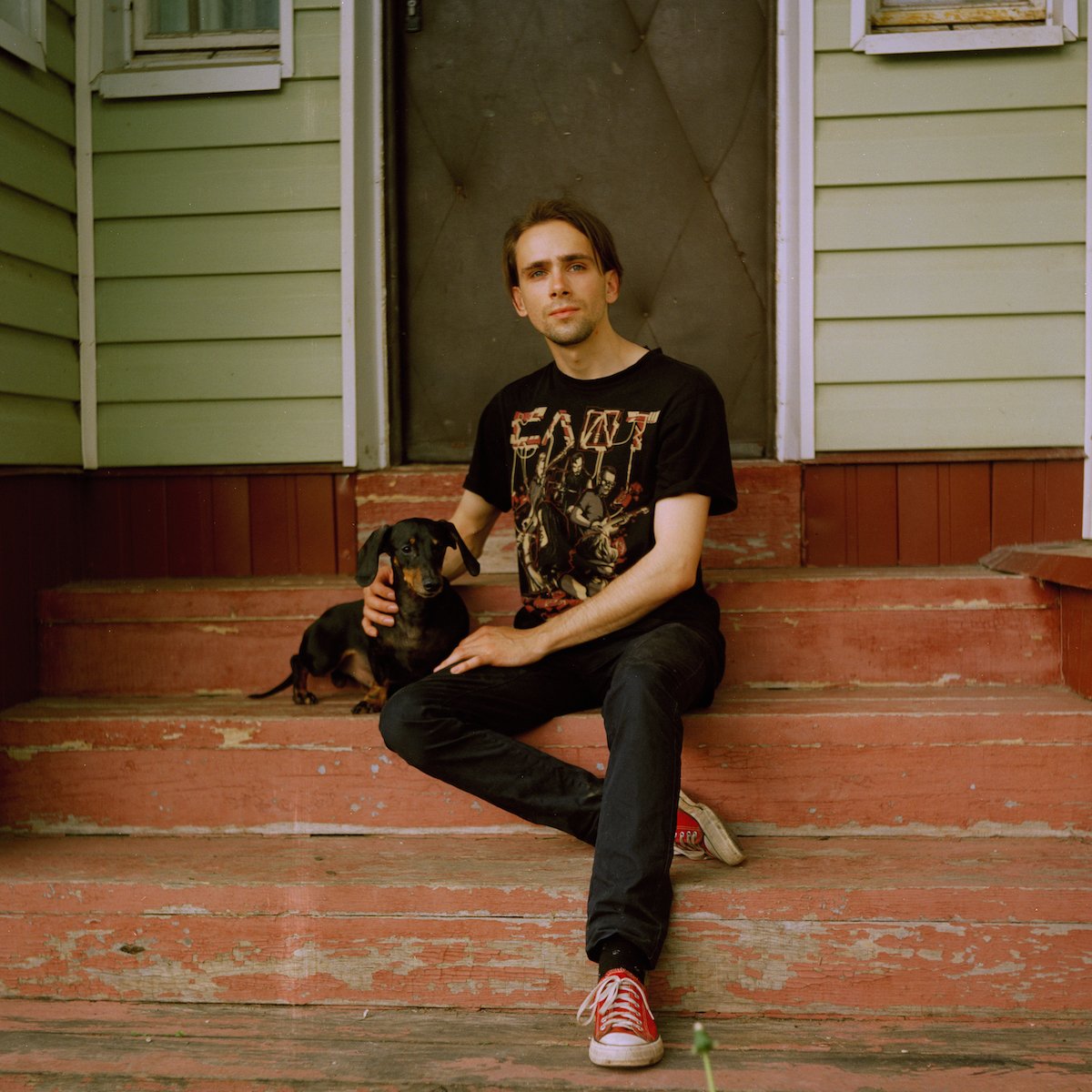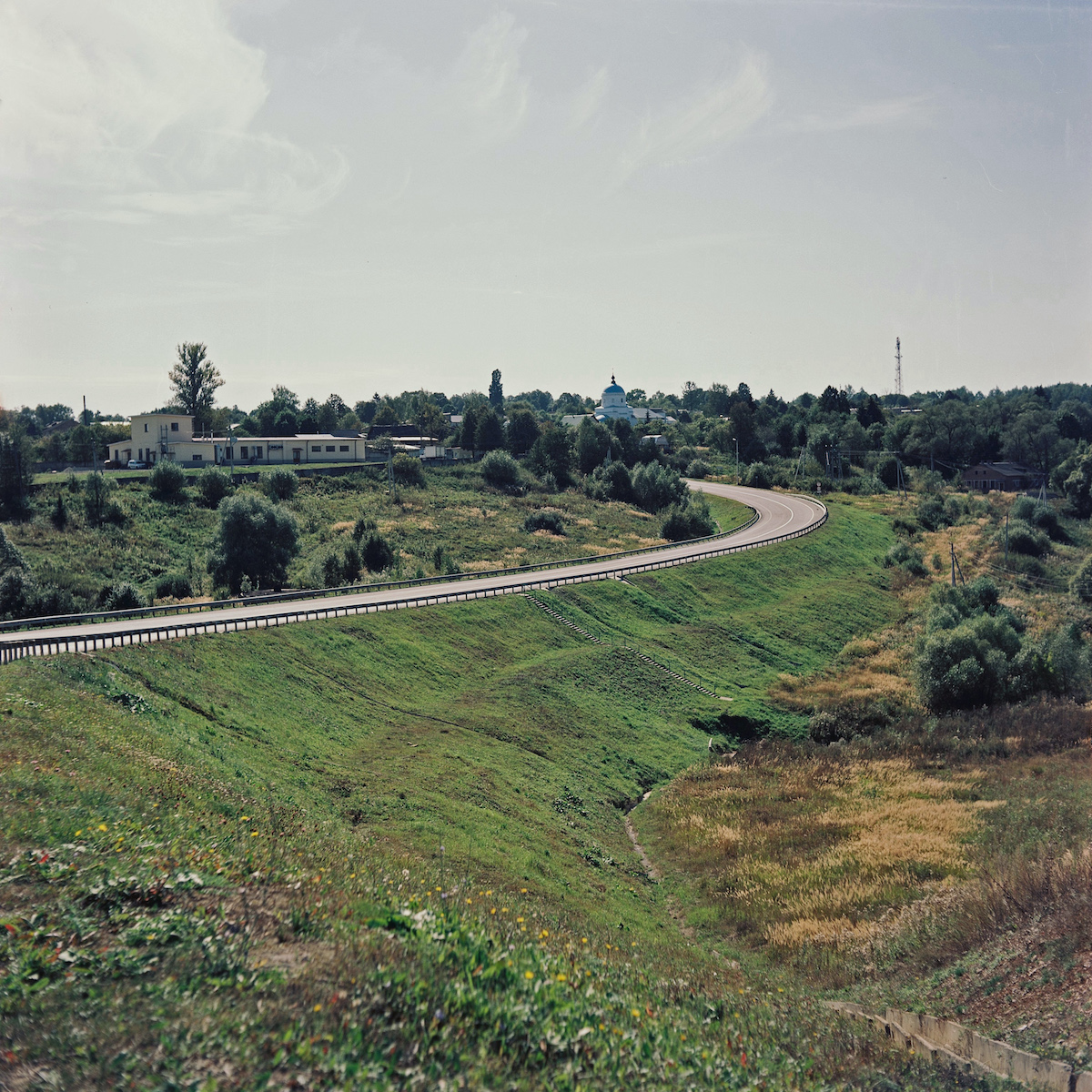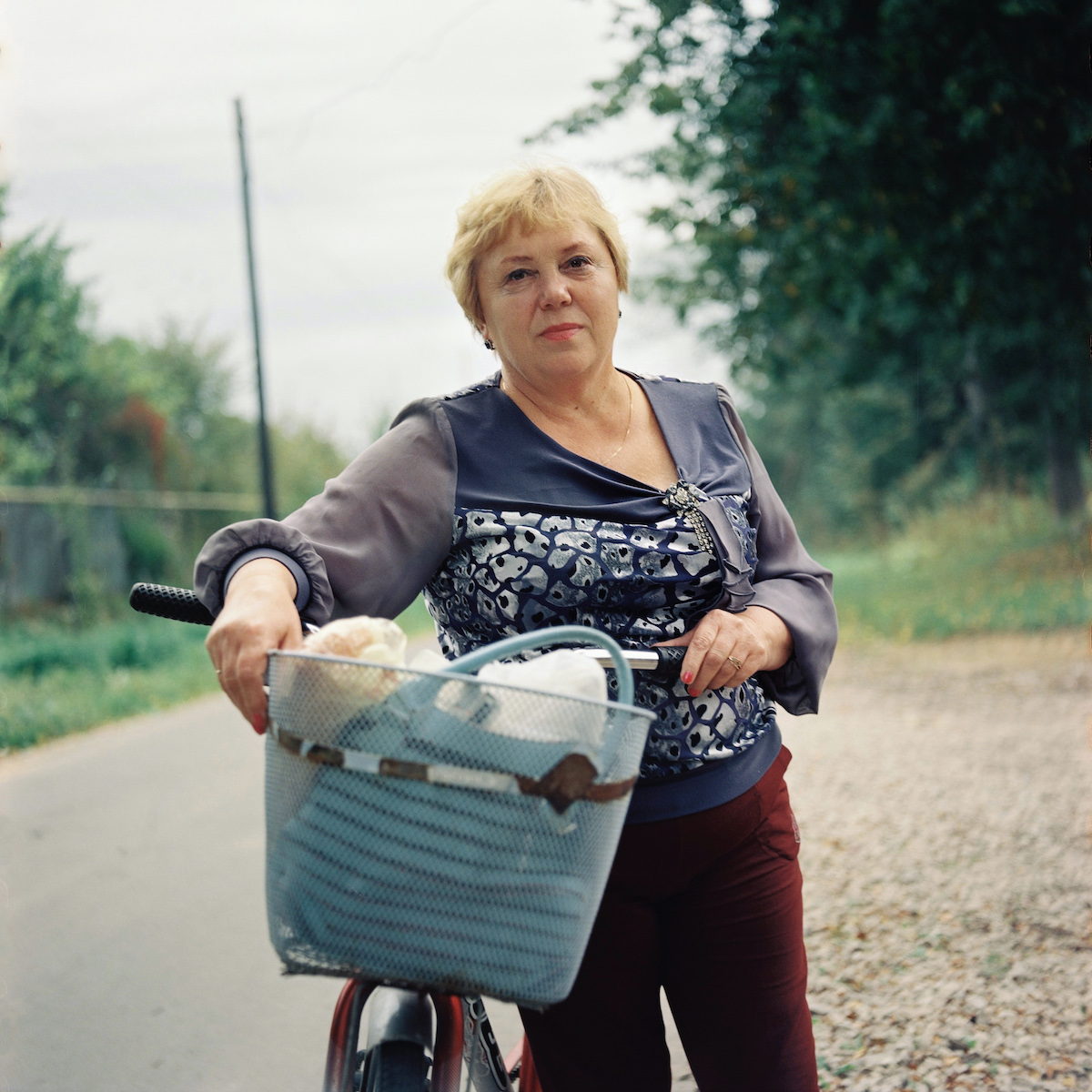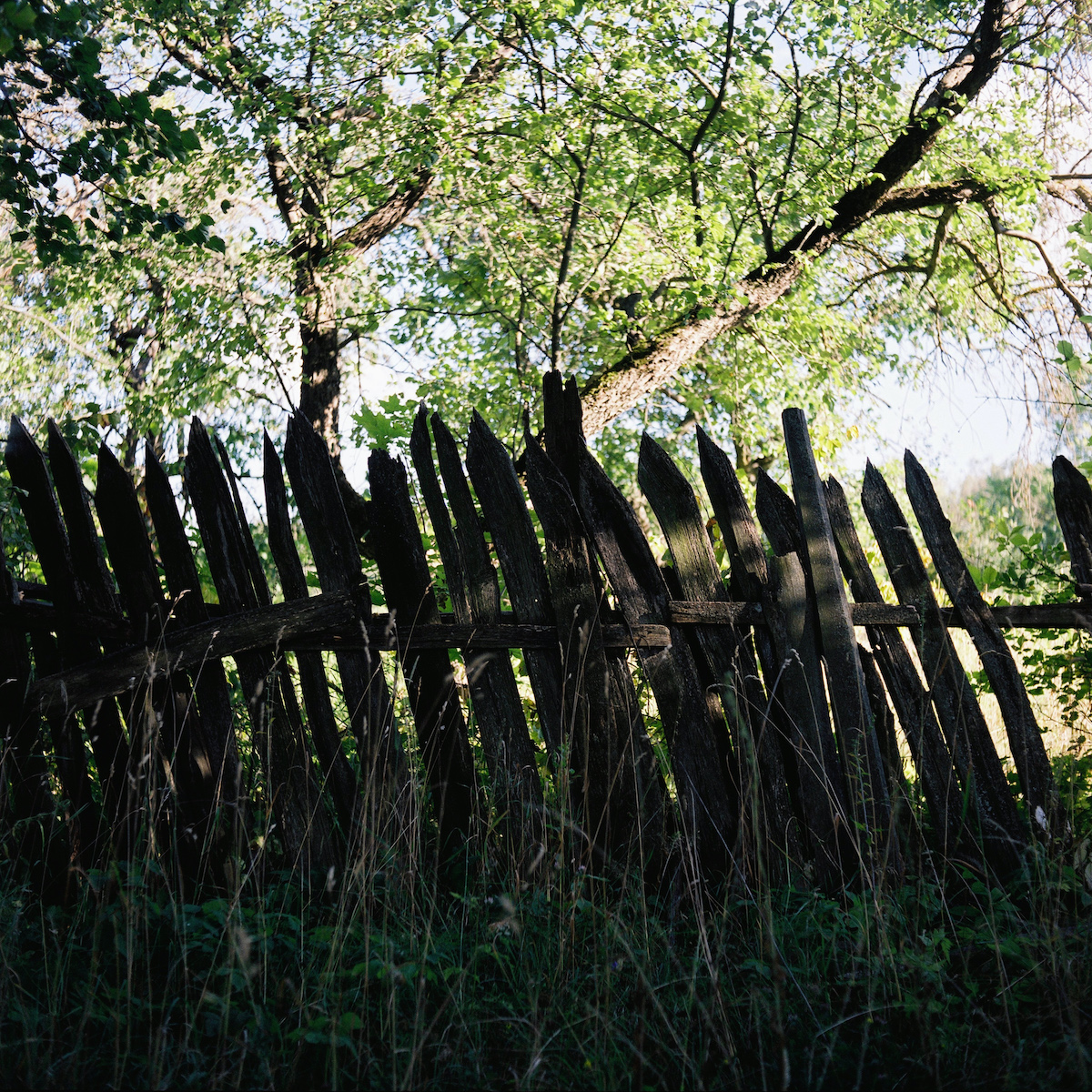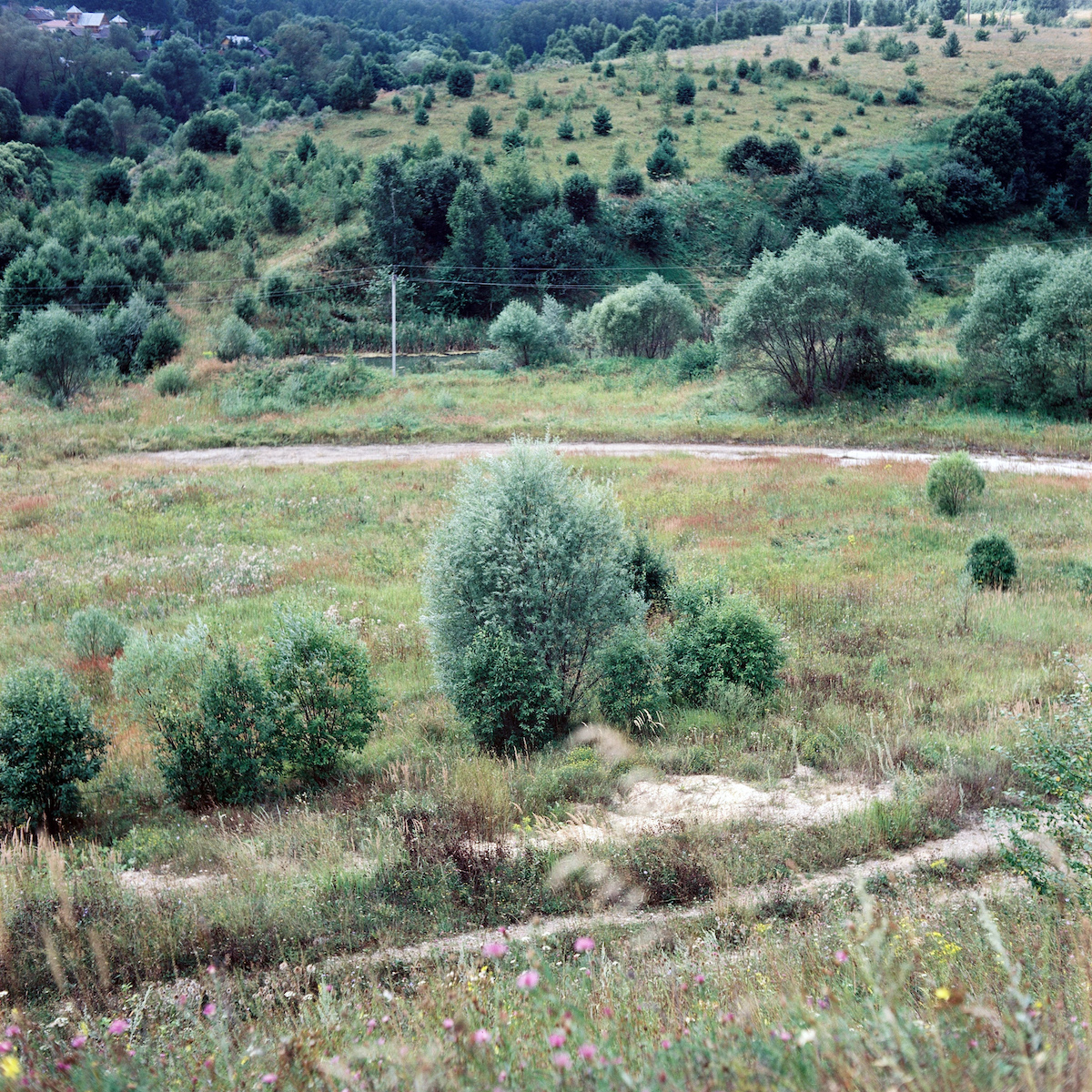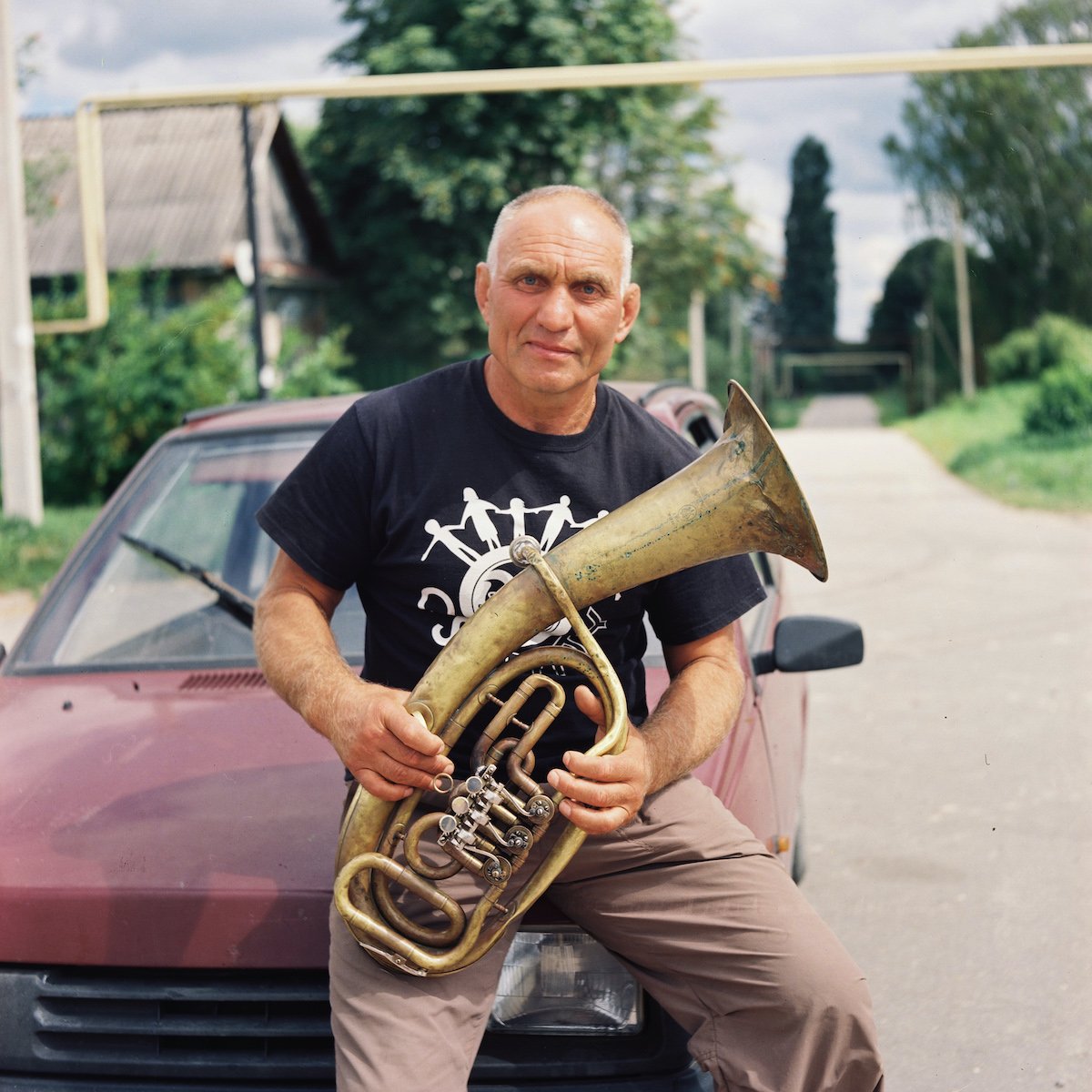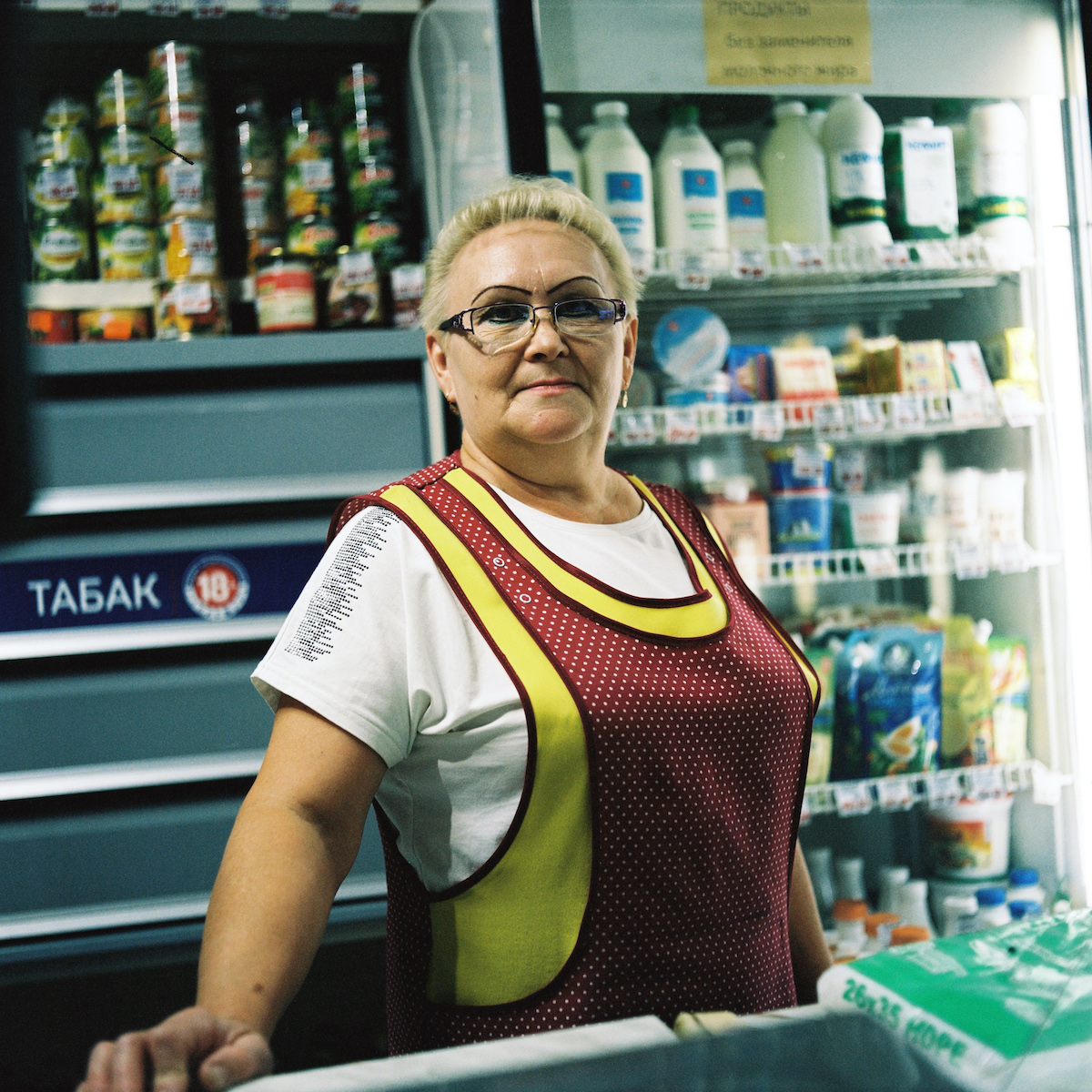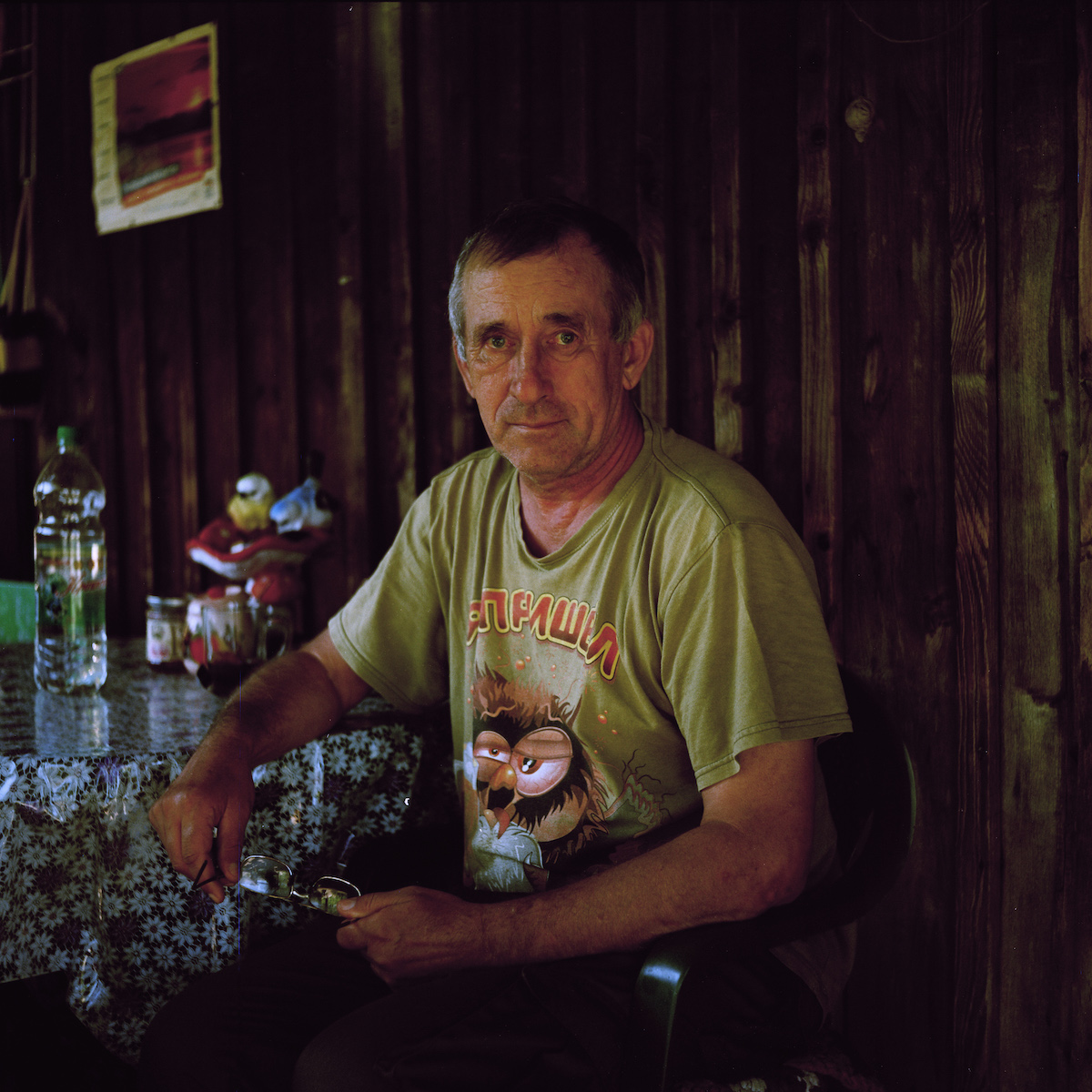Forever alone in Russia’s smallest town
There are no cafes or hotels in Chekalin. Just three hours away from Moscow, the town is Russia’s smallest. There are no people on the streets, and the nearby Oka River is the only meeting point for locals. “There is literally nothing going on here. Locals go to work, stay home, or meet by the river. No one ever just hangs,” says photographer Dmitry Ermakov. Based in Moscow, he captured Chekalin and its people as part of his bigger project on arms and weapons in Russia.
With less than 900 inhabitants, Chekalin had historically been on the frontline of Russia’s wars against foreign invaders. It was founded in the 16th century as part of the special fortification system initiated by Ivan the Terrible, and surrounded by a tall wooden wall. Its current name honours the Second World War resistance fighter, Sasha Chekalin, who waged guerrilla warfare against the Nazis. During the Soviet era, a number of factories operated in Chekalin, but most industries closed down when the USSR collapsed, leaving locals to flee to Kaluga, Tula, and Moscow in search of jobs. So few people now live in Chekalin, that it had to fight to keep its status as a town in 2012.
Ermakov has been coming to Chekalin regularly since he first heard about the town early in 2020. Shooting went slow, as local people proved to be reserved and discreet. “Making arrangements took way longer than the shooting itself. Some people never agreed [to be shot]. My background in journalism and connections via my friend, a historian called Andrey, helped a lot, but overall it felt more challenging than usual,” says Ermakov. Having worked as a documentary photographer and journalist across Russia, mainly in Udmurtiya and Tatarstan, Ermakov links such attitudes to Russia’s political situation and a growing lack of trust. As there is no hotel in Chekalin, Ermakov would usually stay in the neighboring town of Suvorov, as no local would help to put him up, even for money. “The Chekalins keep their privacy,” he says. He also confirms that the Russian phenomenon of overzealous fence construction thrives in Chekalin more than anywhere.
Alexander Yulin, one of the founders of the Devyagorsk-Likhvinsk museum and sanctuary, historian, and rare things collector
Elsewhere, the landscapes, with lifeless streets and high fences may paint Chekalin as somewhat dystopian. But while the town is not an urban dream, it also isn’t wholy neglected. The town is dotted with merchant houses, in need of renovation but nonetheless charming. A group of historians is working on a new town museum, while others hope a small café might cater to tourists from Moscow and neighbouring Kaluga. But the town’s largest and most under-explored treasure is its river, says Ermakov: “‘haunting and elusive, with its phantom beds and intricate lines of shores”.
So far, Ermakov has managed to photograph the city’s intelligentsia — historians, musicians, antiquarians, and the head of the library — as well as shop vendors, factory workers, and farmers. Despite all obstacles, Ermakov sees the local community as “restrained but wise”, and plans to return to Chekalin this summer to continue the project.
